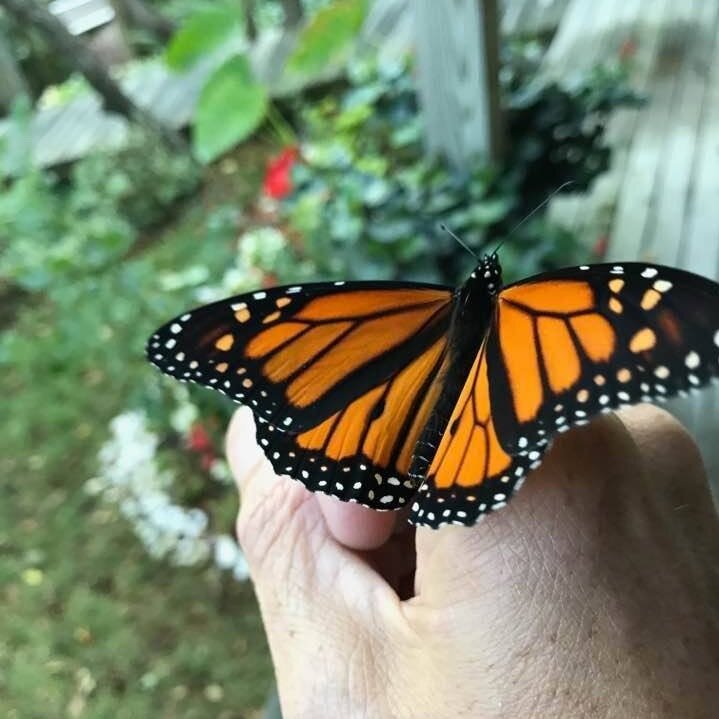The Monarch Butterfly Migration of Fire Island
For seasonal migrants like monarch butterflies, barrier islands like Fire Island are invaluable. The 32 mile-long sandbar off Long Island may be best known for little red wagons, houses on stilts, and gay beach parties, but it is also beloved by lepidopterists. Every September and October, the island’s dunes become a way station for tens of thousands of monarch butterflies who stop there on their three thousand mile journey from Canada to a mountaintop in Michoacán, near Mexico City, where they go to reproduce and die.
About Monarch Butterfly Migration
From mid-August through early October, thousands of these delicate insects stop to rest and feed on Fire Island as they make their way south for the winter. The beautiful orange and black adult monarchs we see fluttering above the dunes on Fire Island each fall are flying south to the safety of Oyamel Fir Forests. There, amongst the dense evergreens of central Mexico, they’ll cluster together and safely pass winter.The following spring, overwintering adult butterflies emerge from the forests and begin their multi-generational return trip north.
The monarchs that overwintered in Mexico will breed and lay eggs along their journey north. It is their offspring and successive generations that continue the northerly journey because unlike the fall monarch migrants that can survive for up to nine months, their northbound relatives live for two to five weeks before reproducing.
Monarch butterflies lay eggs on milkweed plants. When the larvae hatch and become caterpillars, that plant then becomes food to support the bugs’ rapid growth. When the caterpillar is ready to pupate, it attaches itself to a milkweed plant and transforms into a blue-green chrysalis. It takes about a month for monarchs to progress from the egg stage to adult butterflies.
About Monarch Butterflies
Monarchs, like all other butterflies and moths, go through egg, larval (caterpillar), chrysalis (cocoon), and adult stages. This specific species ingests milkweed, which contains a toxic compound. The presence of this toxin is used by the monarch butterfly as a natural defense against predators. Other butterflies, such as the Viceroy, mimic the Monarch’s colors to pretend that they are also toxic to predators.
Monarch Butterflies On Fire Island
Ellen Federico, The Butterfly Lady of Fire Island, keeps track of the migratory monarchs. She advocates for the conservation of their natural habitat and informs visitors about these unique insects.
The annual migration of monarch butterflies is among the most spectacular events in the natural world. Unlike many other species of butterflies, which overwinter as larvae and pupae, monarch butterflies are not capable of surviving the harsh winters of their northern range. As temperatures begin to drop, days begin to shorten, and other environmental cues begin to unfold, monarch butterflies as far north as Canada begin to embark on their astounding journey south. Come witness this phenomenon yourself by taking a trip to Fire Island!






